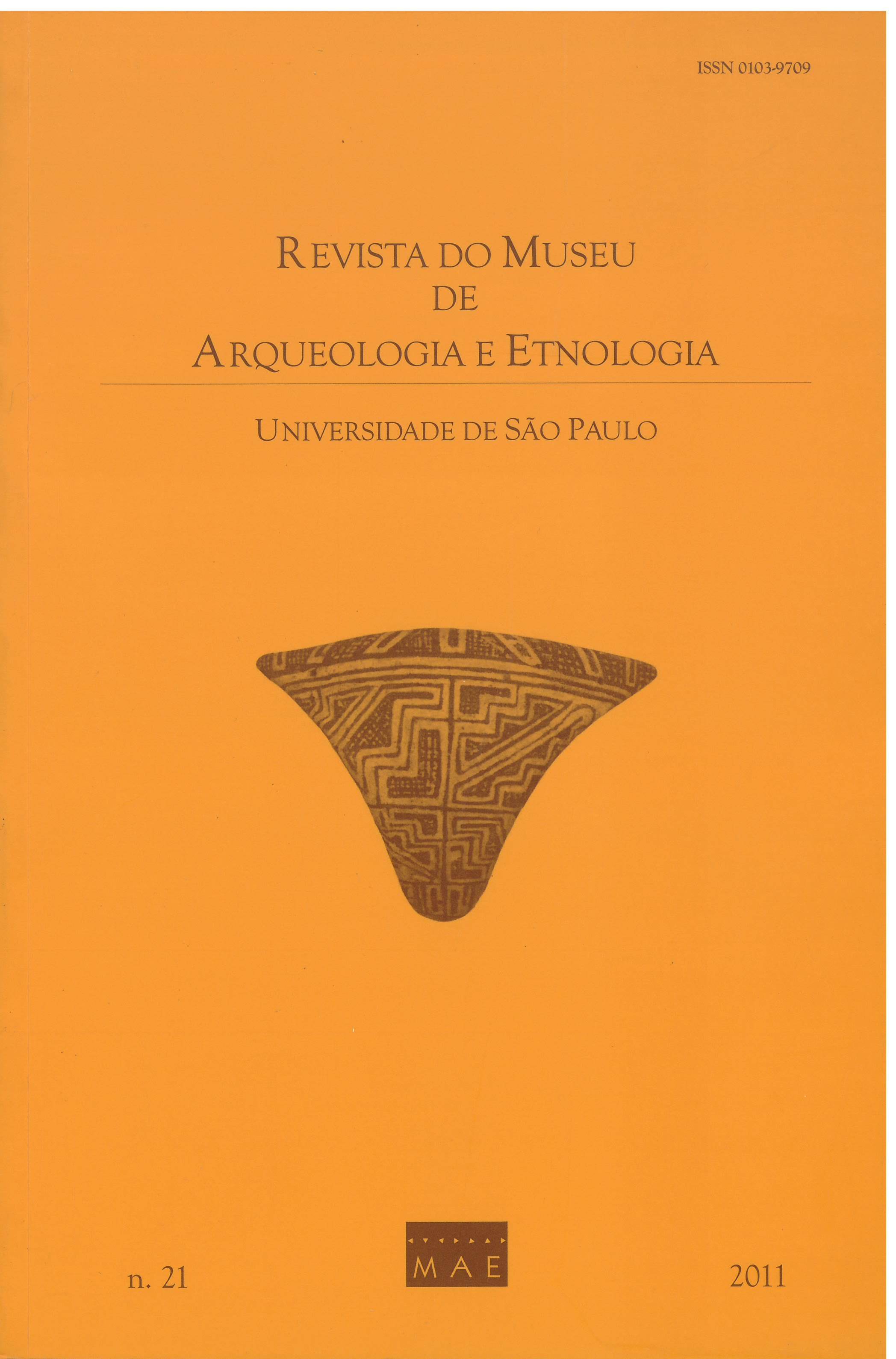Intentionally modified teeth and ethnicity in cemeteries of Brazil from colonial and Empire periods
DOI:
https://doi.org/10.11606/issn.2448-1750.revmae.2011.89979Keywords:
Intentional dental modification, Slavery, Historical archaeology, Bioarchaeology, Brazil, AfricaAbstract
Intentional modification of the teeth was very common in Africa, coming to America with the slaves. In two historical cemeteries of Brazil, named Pretos Novos, in Rio de Janeiro (the only burial ground from a slave market ever known in America) and the burial ground of the old Sé, the more important church of Salvador.13 modified teeth were identified among 570 teeth (30 individuals) from Pretos Novos. 122 modified teeth were identified among 3181 teeth from Sé (62 individuals, primary burials, 18th century and non estimated number of comingled skeletons from other periods). The result of the analysis revealed 13 different modification styles, and 10 different compositions of modified dental arches. The differences are suggestive of different geographical origins for the slaves in both cemeteries, and this result is consistent with historical data. In the Sé burial ground, the proximity of burials of individuals with similar dental modifications is suggestive of ethnic, or social, may be familial links of the dead.Downloads
Download data is not yet available.
Downloads
Published
2011-12-09
Issue
Section
Articles
License
Copyright (c) 2011 Andersen Liryo, Sheila Mendonça de Souza, Della Collins Cook

This work is licensed under a Creative Commons Attribution-NonCommercial-NoDerivatives 4.0 International License.
How to Cite
LIRYO, Andersen; SOUZA, Sheila Mendonça de; COOK, Della Collins. Intentionally modified teeth and ethnicity in cemeteries of Brazil from colonial and Empire periods. Revista do Museu de Arqueologia e Etnologia, São Paulo, Brasil, n. 21, p. 315–334, 2011. DOI: 10.11606/issn.2448-1750.revmae.2011.89979. Disponível em: https://www.journals.usp.br/revmae/article/view/89979.. Acesso em: 18 may. 2024.













